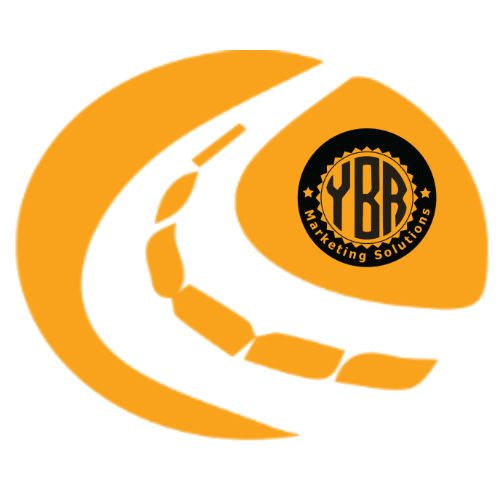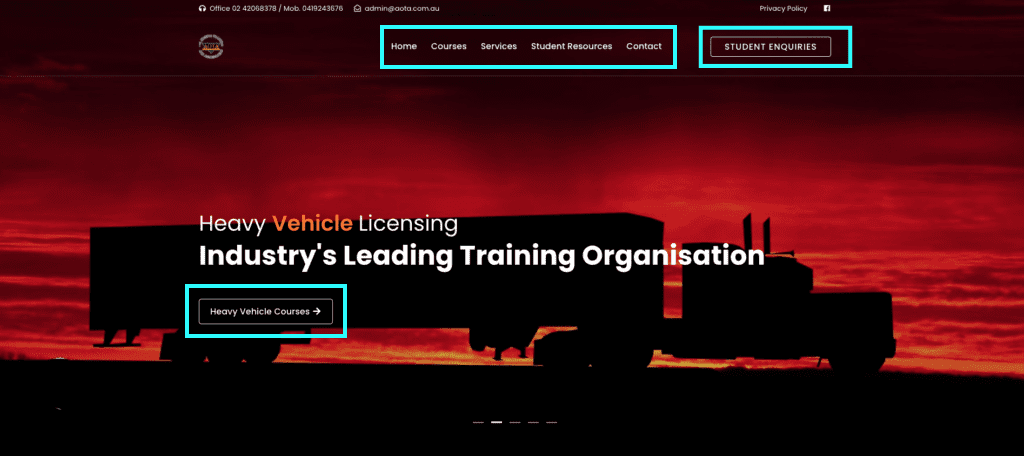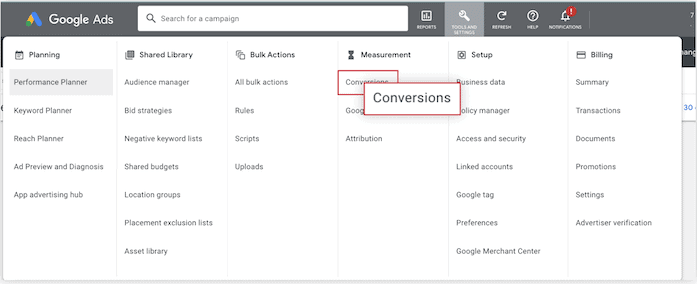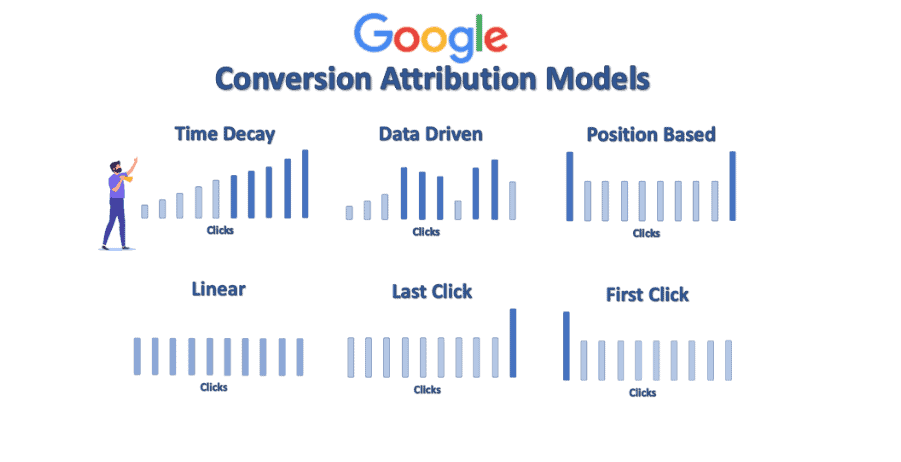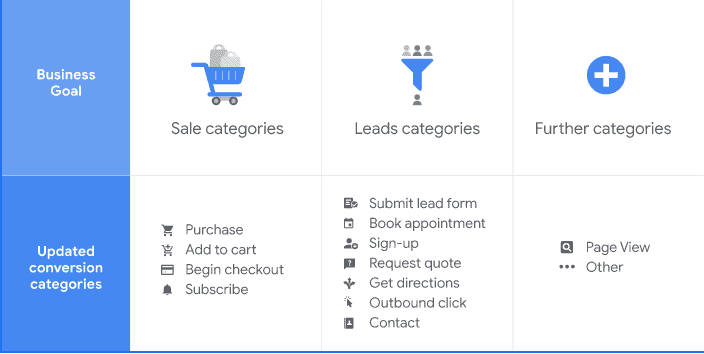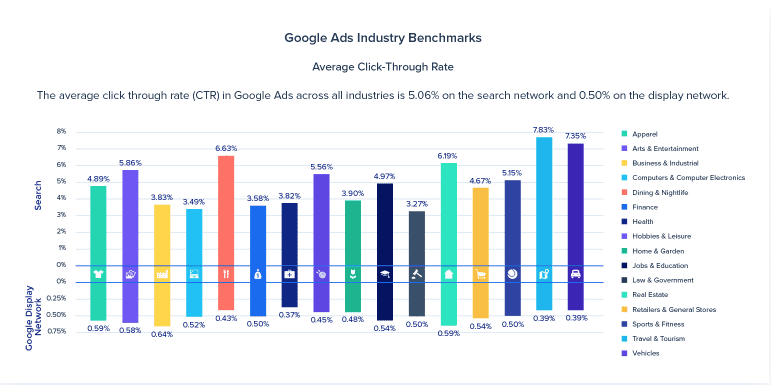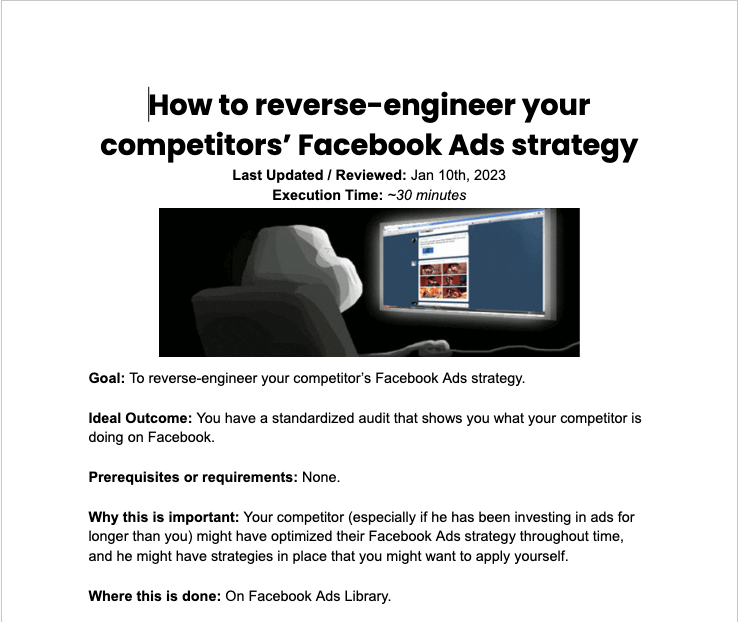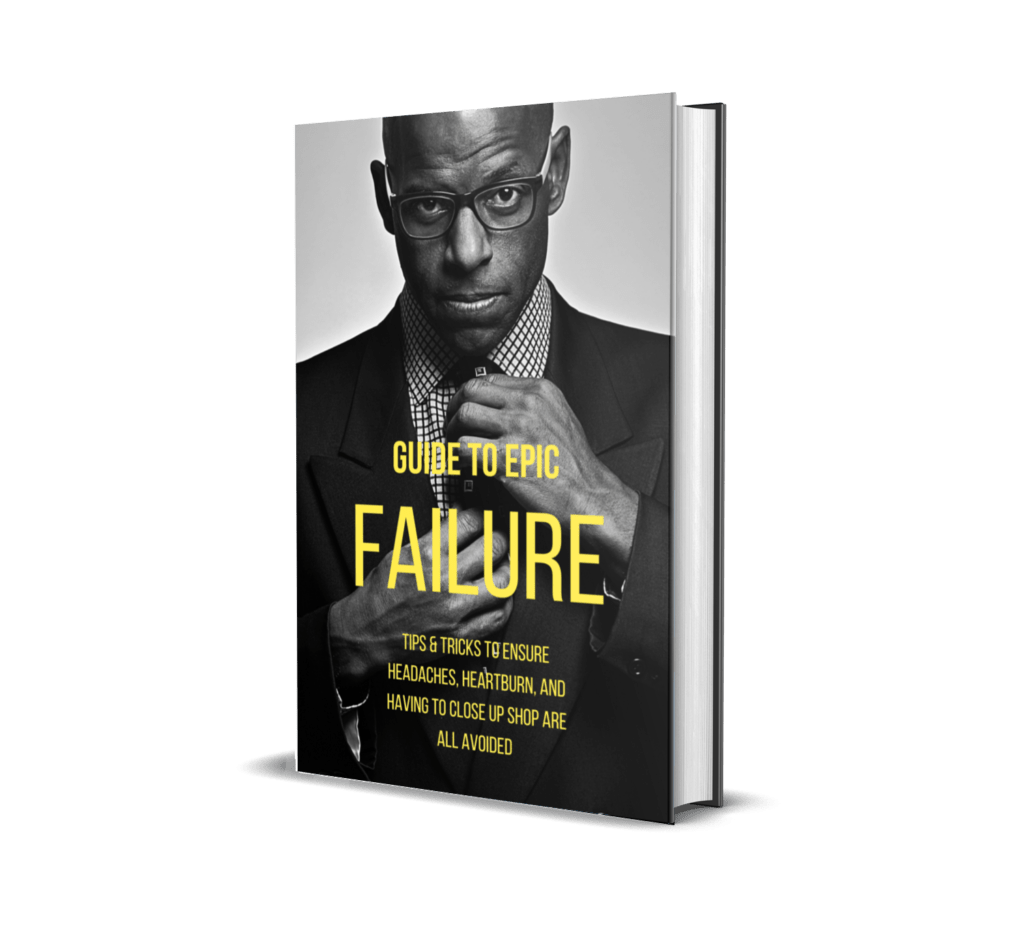
The Benefits of Hiring a Local Marketing Consultant for Your Wollongong Business
On This Page
Understanding the Local Market
Personalised Marketing Strategies
Access to Local Networks
Cost-Effective Solutions
Ongoing Support and Collaboration
Introduction
Running a small business in Wollongong can be tough, especially when it comes to marketing. That’s where a local marketing consultant can come in handy. With their knowledge of the area and experience working with small businesses, they can help you develop a marketing strategy that fits your budget and goals. Learn more about the benefits of working with a small business marketing consultant in Wollongong.
Understanding the Local Market.
Personalised Marketing Strategies.
Access to Local Networks.
Cost-Effective Solutions.
Small businesses in Wollongong often struggle to compete with larger companies with bigger marketing budgets. That’s where a local marketing consultant can help. They can provide cost-effective solutions that are tailored to your specific business needs. For example, they may recommend focusing on social media marketing or local SEO to increase your online visibility and attract more customers, if you’re a local restaurant, they may recommend running targeted Facebook ads to reach potential customers in your area. Or, if you’re a boutique clothing store, they may suggest optimising your website for local search terms to improve your visibility in Google and Bing Maps. By working with a local consultant, you can get expert advice without breaking the bank, they can also help you prioritise your marketing efforts to ensure that you are getting the most bang for your buck. Plus, they can help you track your results and adjust your strategy as needed to ensure that you are getting the best return on investment.
Ongoing Support and Collaboration.
As a small business owner in Wollongong, it can be overwhelming to navigate the world of marketing on your own. That’s where a local marketing consultant comes in. When you hire a local marketing consultant for your Wollongong business, you are not just getting a one-time service, local consultants are invested in the success of their clients and will work with you to achieve your goals. They can provide regular check-ins, updates, and adjustments to your marketing strategy as needed. Whether it’s regular check-ins, updates to your strategy, or adjustments based on market trends, a local consultant can provide the support you need to thrive in a competitive market. Plus, with a strong relationship built on trust, you can feel confident that your consultant has your best interests in mind.
Conclusion
In the end, there is no better person to help you develop marketing strategies for your small business than a local marketing consultant in Wollongong. If you haven’t been able to achieve the results you want by yourself, working alongside an experienced marketing consultant may be what your business needs, their experience and local knowledge should keep you from making costly mistakes and reaching your goals more quickly than if you tried to go it alone.
Dedicated To Your Marketing Success
John

